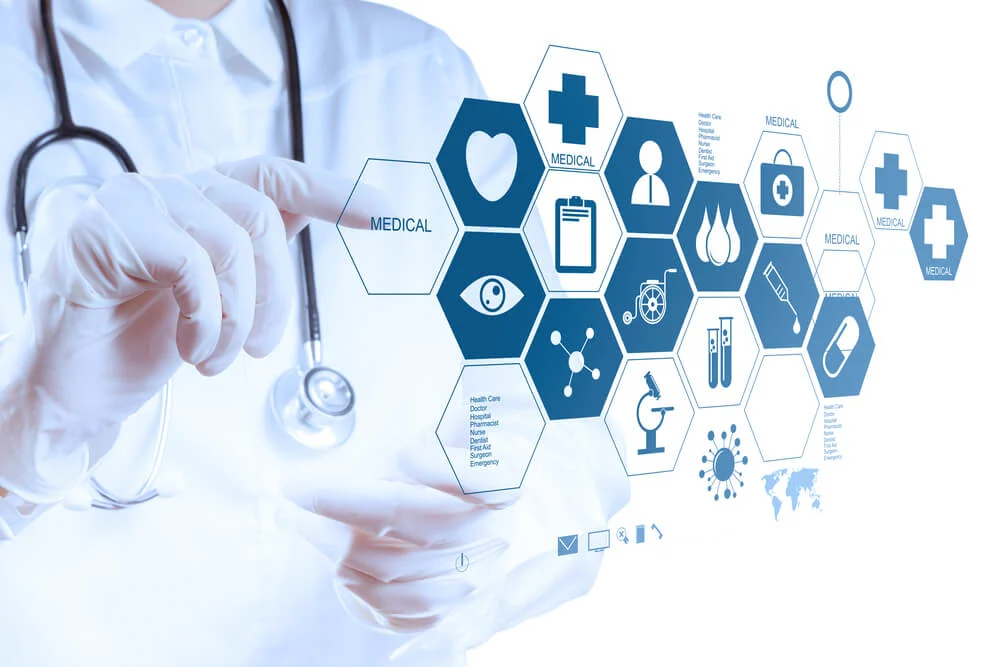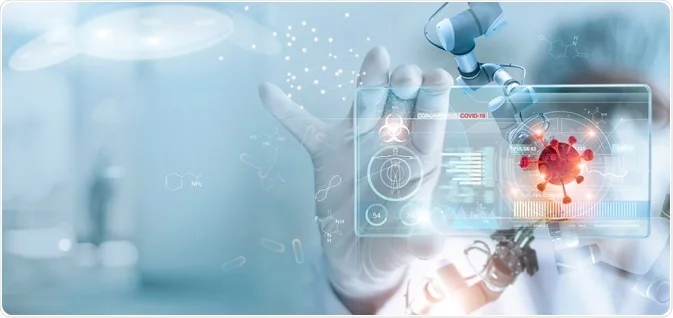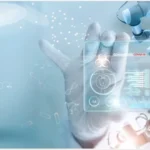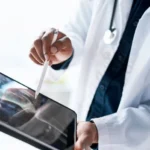Top 10 Medical Here are some of the top medical breakthroughs that have changed the world:
Top 10 Medical Breakthroughs in the 21st Century

- Bionic Prosthetics Bionic prosthetics have advanced from science fiction to reality, with modern prostheses functioning better than previous versions. Some can be manipulated by the wearer’s thoughts via electrodes placed on the skull.
- Decoding the Human Genome In 2000, the Human Genome Project released a rough draft of the human genome, the first time people could read a complete set of human genetic information. By 2003, a final draft was released, mapping the three billion nucleotides in our DNA. This has improved our understanding of human genetics, made it easier to map individual human genomes, and identify disease-causing mutations before they manifest. Genomics advancements have also furthered cancer research and treatment with targeted drugs. We now know the genetic basis of nearly 5,000 conditions, a significant increase from the 60 we understood before cracking the human genome.
- Genetic Engineering Genetic engineering, like CRISPR, offers a way to correct congenital defects and mutations that cause disease. CRISPR is a method of targeted gene editing in living organisms and can be used to create agricultural products, genetically modified organisms, and control pests and pathogens. It has been shown to be effective in treating cancer, progeria, sickle cell disease, hemophilia, Huntington’s disease, and more.
Medical Innovations

- Single-Cell Analysis Single-cell analysis allows scientists to study individual cells in their normal environment, determining which genes are active and how immune cells attack healthy tissue. This will transform how we approach autoimmune diseases and cancer metastasis.
- Brain Mapping The NIH’s Brain Research through Advancing Innovative Neuro technologies (BRAIN) initiative is enhancing our understanding of the human brain. Within a decade, researchers may map the circuits responsible for motor function, vision, memory, and emotion. This may lead to new approaches for treating neurological disorders like autism, epilepsy, brain injuries, schizophrenia, Parkinson’s, Alzheimer’s, and spinal cord injuries.
- Alzheimer’s Disease Research supported by the BRAIN Initiative suggests that new imaging techniques will allow for the identification of individuals at high risk of Alzheimer’s before symptoms appear. Early interventions could then slow or change the course of the disease.
- Heart Disease Advancements in cardiovascular health have significantly decreased deaths from heart disease over the past 10 years. Those having a heart attack can be treated with t-PA, and plaque in blood vessels can be opened using a stent. Bypass surgery can replace damaged arteries, dramatically increasing the survival rate of heart patients.
- RSV Vaccines and Immunizations In 2023, there were multiple vaccines and shots available for different groups to prevent RSV. The FDA approved two vaccines for adults over 60 and a maternal RSV vaccine for pregnant mothers in their third trimester. Additionally, there are two monoclonal antibody shots available for babies under 8 months old.
- Birth Control Pill Without a Prescription In 2024, the first birth control pill in the United States became available without a prescription. The FDA approved the daily oral contraceptive, Opill, which is accessible to individuals of any age, regardless of insurance status or prior consultations with a healthcare provider.
- Gene-Editing for Sickle Cell Disease The first CRISPR gene-editing technique to treat sickle cell disease was developed. CRISPR is a technology that can be used to edit DNA and has shown promise in treating a variety of genetic disorders.
- Replacement Heart Valves Researchers have discovered methods to replace heart valves that can adapt as individuals age.
- Proton beam therapy Clinicians have used proton beam therapy to treat tumors of the eye, neck, and brain.
- Human limb reattachment A surgical team performed a replantation of a severed arm, thus achieving the first successful reattachment of a human limb.
- Heart rhythm restoration Direct electric current has been used to restore the rhythm of the heart.
- Long-term storage of human blood Innovators have made practical the long-term storage of human blood.
- Discovery of telomeres Telomeres, regions of repetitive DNA that protect the ends of chromosomes and that shorten each time a cell divides, have been discovered. These findings are important in the study of cancer, aging, and stem cells.
- Congenital birthmark treatment A pulsed dye laser has been used to treat the congenital birthmarks known as port-wine stains without scarring.
- Genetic marker for Huntington’s disease A genetic marker for Huntington’s disease, a fatal inherited condition, has been found.
- Genetically engineered mouse model of cancer The first genetically engineered mouse model of cancer has been created.
- Growing human skin in large quantities Human skin has been grown in large quantities in the laboratory, allowing skin replacement in patients with extensive burns.
- Retrovirus as the probable cause of Kawasaki disease A retrovirus has been identified as the probable cause of Kawasaki disease, an infectious illness occurring predominantly in children under five.
- Gene for the brain protein found in the degenerative nerve tissue of people with Alzheimer’s disease The gene for the brain protein found in the degenerative nerve tissue of people with Alzheimer’s disease has been isolated and located on chromosome.
These advancements represent significant progress in medicine, offering new ways to prevent, diagnose, and treat diseases.
Also Read : Best IVF Hospitals In Mumbai | Expert Care & Success





